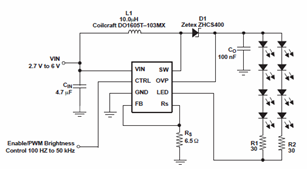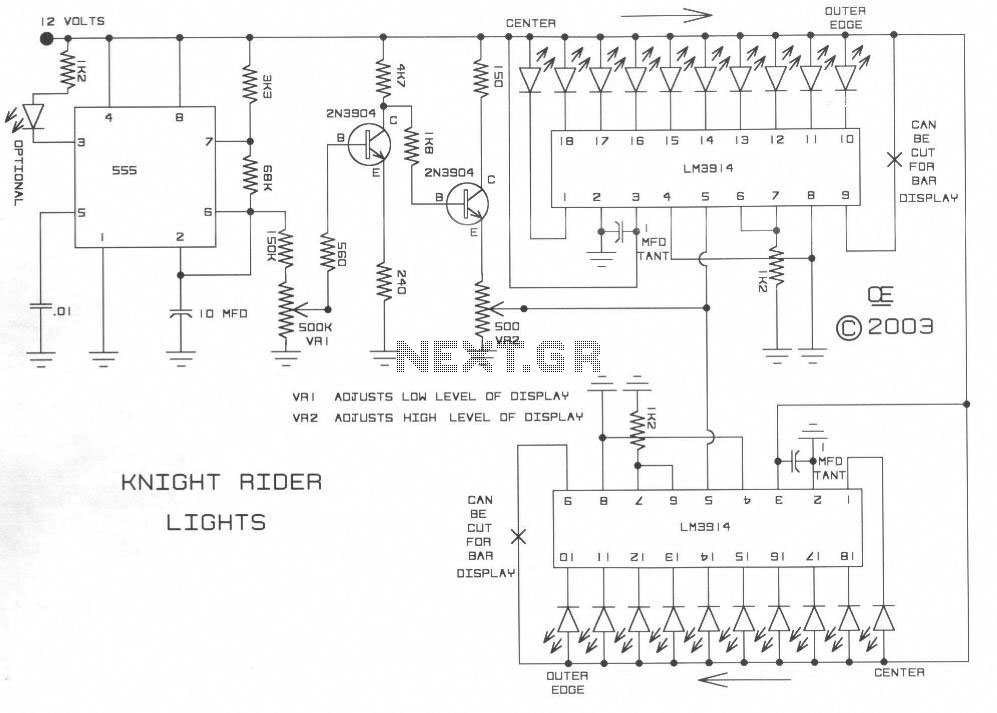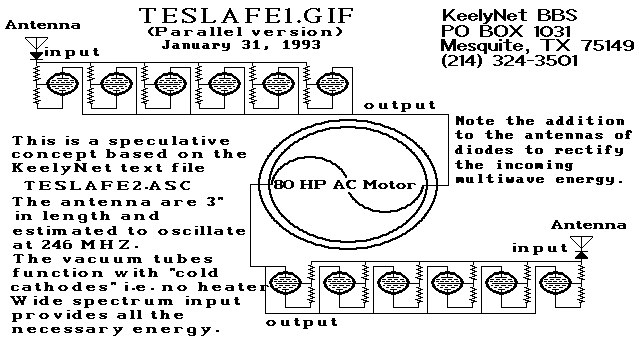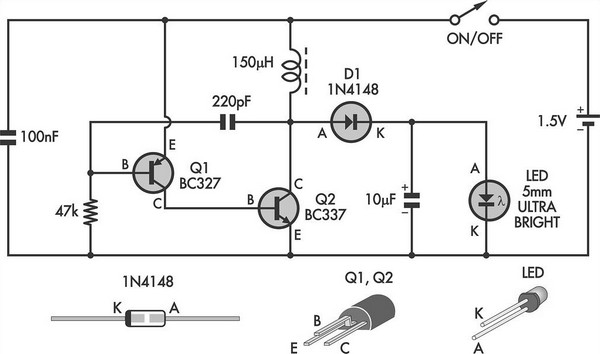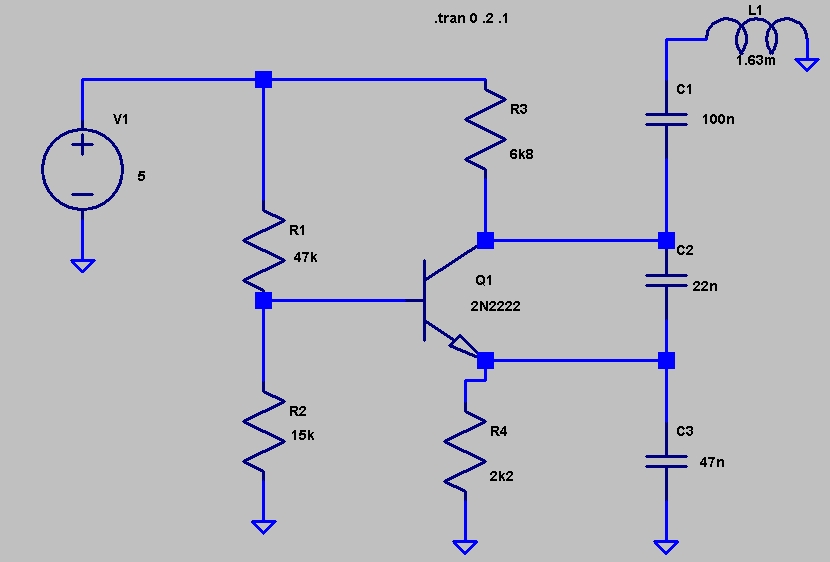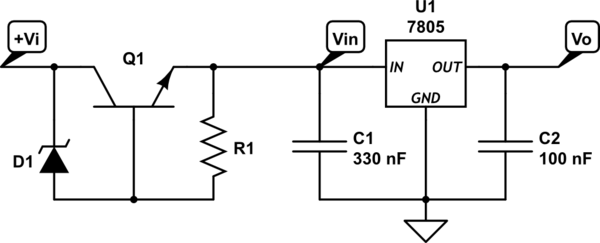
4017 led pattern flasher

The circuit employs a 555 timer oscillator to generate clock pulses at a variable frequency, which are fed into a 4017 decade counter. The counter is configured to utilize only three outputs, while the fourth output is connected to the reset pin, allowing the cycle to restart. A central red LED remains continuously illuminated, while each row of four LEDs flashes in sequence, creating the illusion of rotating light. This design effectively produces an attractive visual display and can operate for three hours using a standard PP3 battery.
The circuit operates on the principle of sequential LED activation, facilitated by the 4017 decade counter, which counts the clock pulses generated by the 555 timer. The 555 timer is configured in astable mode, allowing it to produce a continuous square wave output. The frequency of this output can be adjusted by varying the resistor and capacitor values connected to the timer, thereby altering the rate at which the LEDs are activated.
The 4017 decade counter has ten outputs, but in this application, only the first three outputs are utilized. Each output corresponds to one of the LEDs in the sequence. The fourth output is strategically connected to the reset pin of the 4017, ensuring that once the third LED is activated, the counter resets and begins the sequence anew. This creates a looping effect that enhances the visual appeal of the display.
The central red LED serves as a constant visual anchor within the design, providing a steady point of light amidst the dynamic flashing of the other LEDs. This not only adds to the aesthetic quality of the circuit but also helps in visually distinguishing the rotating effect produced by the flashing lights.
Powering the circuit with a standard PP3 battery allows for portability and ease of use, making it suitable for various applications, including decorative lighting and visual displays. The estimated operational time of three hours indicates a reasonable power consumption, which is a critical consideration in battery-operated designs. Overall, this circuit presents an elegant solution for creating a captivating light display with minimal components.The circuit uses a 555 timer oscillator to supply clock pulses of a variable frequency to the 4017 decade counter. The decade counter only needs to have three outputs so the fourth output goes into the reset pin to start the cycle all over again.
The central red led is always on. Each row of four leds flash in sequence giving the impression that t he light is rotating. It is an idea that works very well giving an eye-catching display. It will run continuously for three hours with a standard pp3 battery. 🔗 External reference
The circuit operates on the principle of sequential LED activation, facilitated by the 4017 decade counter, which counts the clock pulses generated by the 555 timer. The 555 timer is configured in astable mode, allowing it to produce a continuous square wave output. The frequency of this output can be adjusted by varying the resistor and capacitor values connected to the timer, thereby altering the rate at which the LEDs are activated.
The 4017 decade counter has ten outputs, but in this application, only the first three outputs are utilized. Each output corresponds to one of the LEDs in the sequence. The fourth output is strategically connected to the reset pin of the 4017, ensuring that once the third LED is activated, the counter resets and begins the sequence anew. This creates a looping effect that enhances the visual appeal of the display.
The central red LED serves as a constant visual anchor within the design, providing a steady point of light amidst the dynamic flashing of the other LEDs. This not only adds to the aesthetic quality of the circuit but also helps in visually distinguishing the rotating effect produced by the flashing lights.
Powering the circuit with a standard PP3 battery allows for portability and ease of use, making it suitable for various applications, including decorative lighting and visual displays. The estimated operational time of three hours indicates a reasonable power consumption, which is a critical consideration in battery-operated designs. Overall, this circuit presents an elegant solution for creating a captivating light display with minimal components.The circuit uses a 555 timer oscillator to supply clock pulses of a variable frequency to the 4017 decade counter. The decade counter only needs to have three outputs so the fourth output goes into the reset pin to start the cycle all over again.
The central red led is always on. Each row of four leds flash in sequence giving the impression that t he light is rotating. It is an idea that works very well giving an eye-catching display. It will run continuously for three hours with a standard pp3 battery. 🔗 External reference
